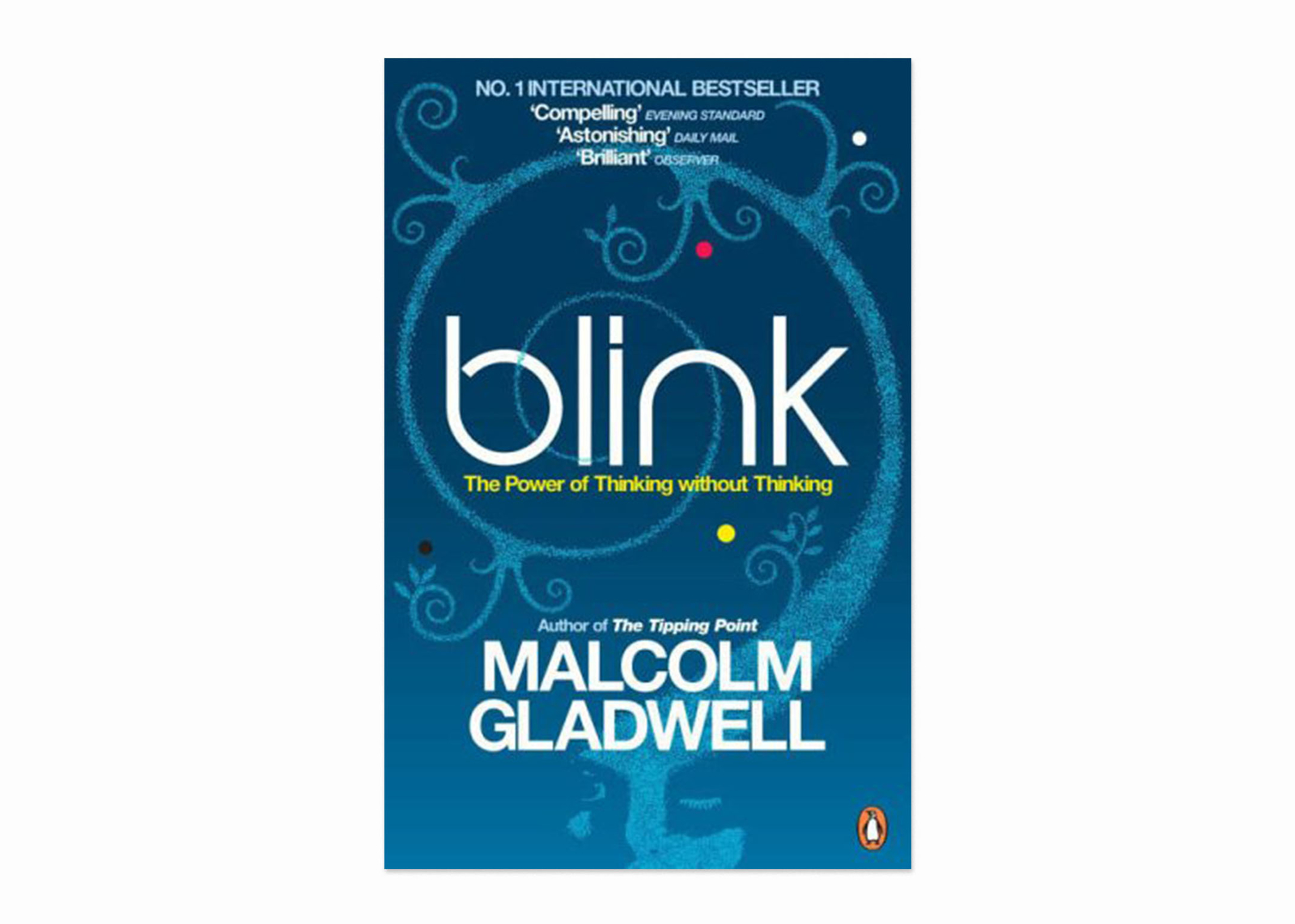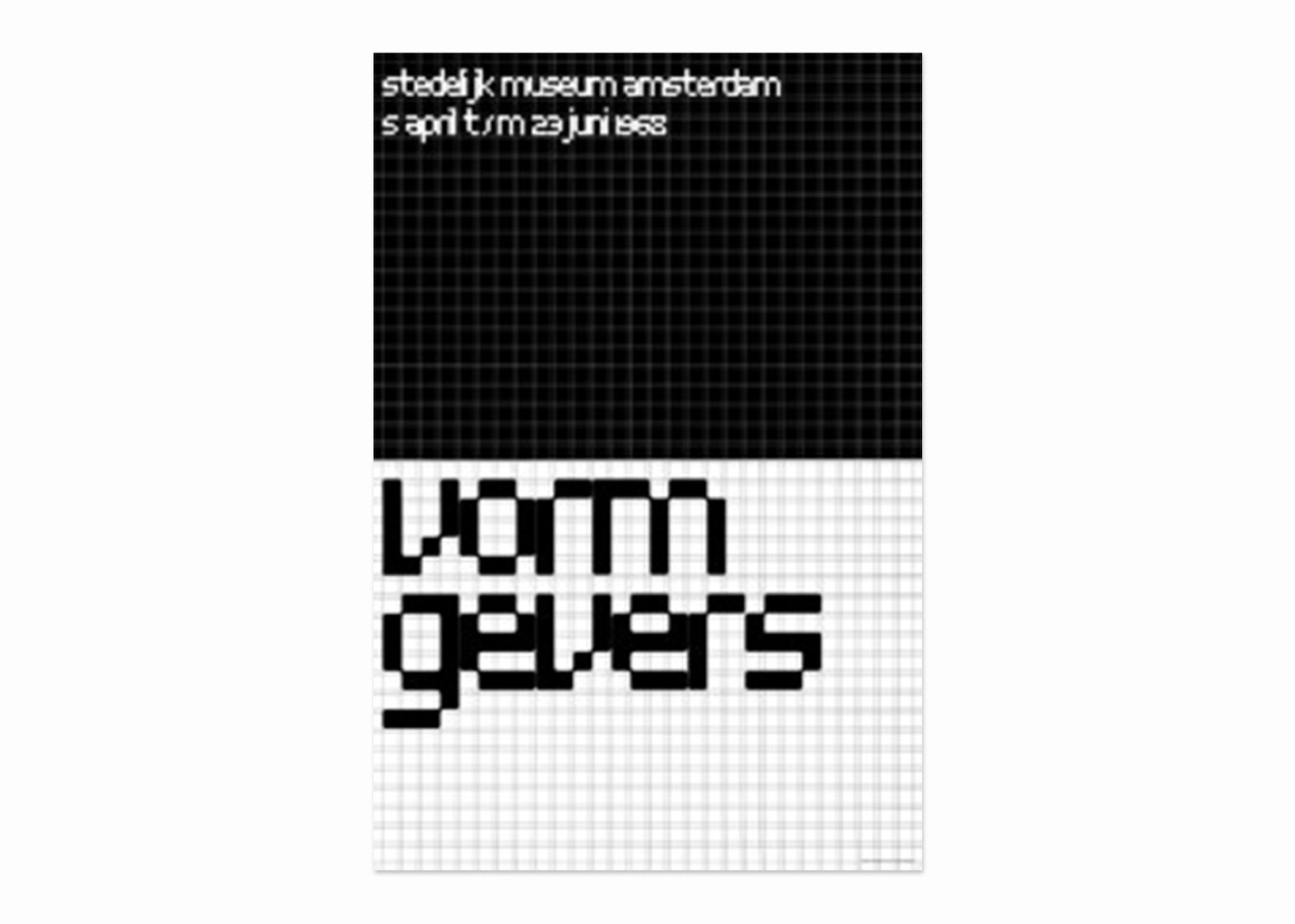your mind’s made up.
I know, I know... I’ve been a bit remiss about posting a regular Private View column without Lynda to badger me anymore. Pressure of work and all that. But here’s a piece on US author and journalist Malcolm Gladwell’s ‘Blink’ and the effect rapid cognition might have on our appreciation of graphic design. Look out for my next Private Blog in early December.
Above: You do judge a book by its cover shock
Admittedly, I cottoned on Malcolm Gladwell’s ‘Blink’ rather late in the day, but the instant I saw it winking at me on the charity shop bookshelf, I’d made up my mind. To be honest, I had little inkling about its subject matter and was just taking a punt on the basis of the cover and few of the good man’s articles in the New Yorker. This, and the fact that at a princely £1.10, I had little to lose.In case you’re unfamiliar, ‘Blink’ puts the case that first impressions are often valid. Just like mine were in the charity shop. In fact, there are many cases where your initial instincts may be more worthwhile than months of painstaking research. These, the author argues, can just muddy the waters.Gladwell pieces together various scientific studies, interviews and news stories to make his case. He speaks to top car salesmen and eminent psychologists, military strategists, archaeologists, food tasters and the police. And his findings are weirdly fascinating — he discovers that in given situations, our unconscious minds can ‘thin slice’ exactly the information we need. Instinctively, we ditch all the clutter and extraneous stuff and get straight to the nub. It’s only when we start to analyse and weigh up the pros and cons that all the muddle and uncertainty kick in.First of all, a word about Gladwell’s writing. On the face of it, this isn’t the sexiest of subjects. You’d stomach a 1,000-word article, perhaps, but not a whole 260-page book. And yet, he manages to make you want to dig on and get to the bottom of the conundrum. His prose is easy yet detached, always insightful, occasionally funny. He never blinds you with science or over intellectualising. Like a good TV documentary, he seems to know when to remind you of salient points and previous examples.However, I really wanted to look at Gladwell’s ‘Blink’ theory from another angle — the context of graphic design. And to suggest that we’ve made our mind up about a piece from the split second we see it.In the case of posters or street messages, it’s likely that your first impression is your only impression, so clearly that’s true. But even when the viewer is taking in something at leisure, it’s the very first sighting that sets the tone and colours the attitude from then on. You’re more likely to start reading an unfamiliar book from a table-top display if the cover grabs you. Or persevere with a website if the look of it pleases you (particularly when your broadband’s playing up). If someone hands you a groovy business card, you’ll probably feel better inclined towards them than the person who hands you a dull one.
Above: Instant Wim... one look at Crouwel is enough
Superficial? Well, not according to Gladwell. Our first impressions are actually quite sophisticated. They’re built from our previous experiences, and the copious mental notes we’ve taken over the years. (They can also harbour our fears and prejudices, but that’s another story). Called into action, these sparks from our past compute and react in a snap, and most of the time they’re bang on. But when we stop to ask ourselves ‘why?’, that moment of subconscious magic disappears.In exactly the same way, our taste is learned, but becomes second nature over time. So our first response to a piece of graphics is really quite profound. Which probably accounts for my perennial experience of design awards judging… however many times you go round the houses, you always seem to end up with the same opinion you struck in the first place.

